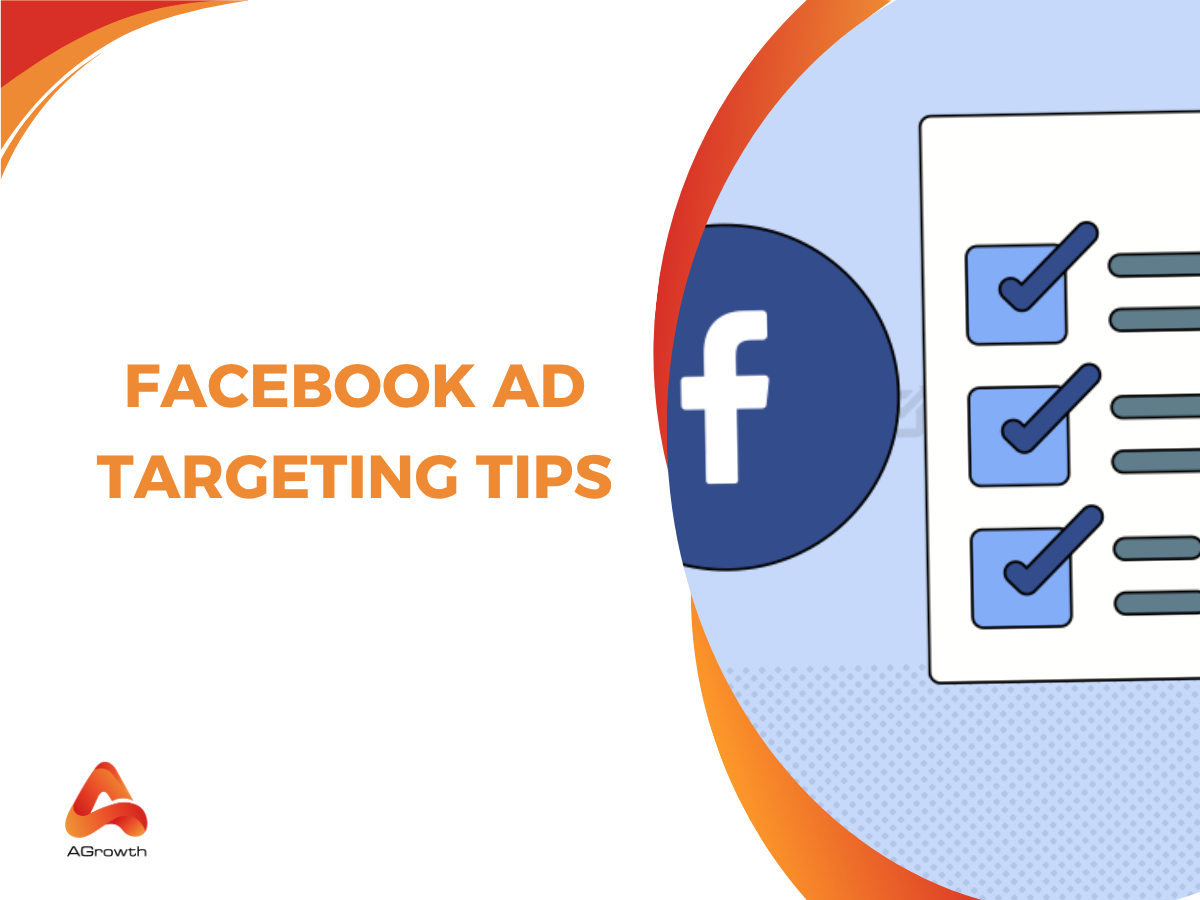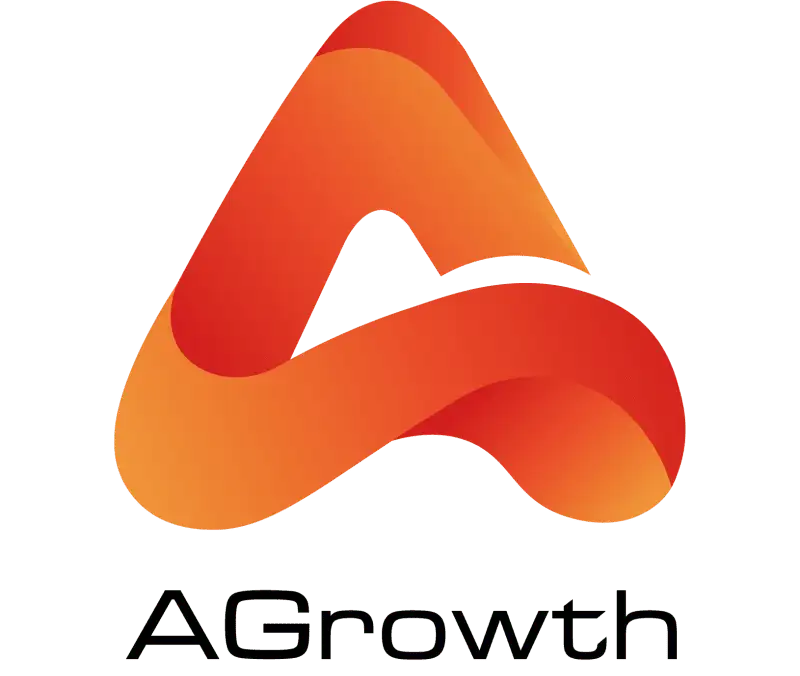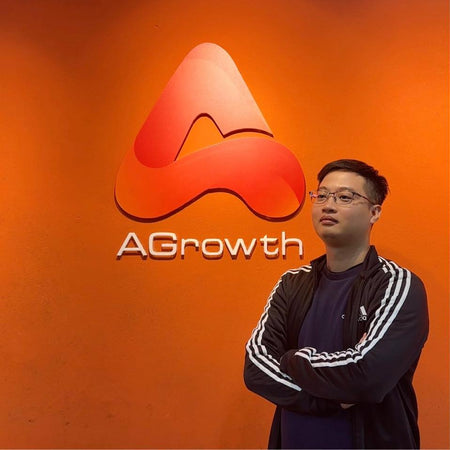
Table of Contents
Facebook Ad Targeting Tips to Boost Conversions and Maximize Your ROI
Reaching the right audience on Facebook can feel overwhelming with over 2.7 billion monthly active users. That’s why mastering ad targeting is essential if we want our campaigns to stand out and drive real results. With so many people scrolling every day, it’s not just about showing up—it’s about showing up in front of the right eyes.
Facebook gives us powerful tools to do just that. Whether we’re narrowing down by age, interests, behaviors, or creating lookalike audiences, the platform lets us get specific and strategic. By learning to use these features wisely, we can boost engagement, improve conversions, and make every ad dollar count. Let’s explore some practical tips to help us make the most of Facebook’s robust targeting options.
Understanding Facebook Ad Targeting
Facebook ad targeting uses detailed user data to let us reach people most likely to engage with our brand. We select audiences based on demographics, interests, and behaviors. For example, we can segment by age, gender, education, job title, relationship status, interests like travel or fitness, and behaviors such as past purchases or device usage.
In Ads Manager, we choose from three primary audience types:
-
Custom Audiences use our owned data. We build these from website visitors, app users, or uploaded customer lists, enabling us to retarget people who've already shown interest.
-
Lookalike Audiences find new users similar to our best customers. Facebook analyzes characteristics of our Custom Audiences and expands the reach to new, high-potential segments.
-
Saved Audiences are built with layered targeting filters. We combine demographic, interest, and behavioral criteria for prospecting or niche targeting, based on current campaign goals.
Facebook's system utilizes cookies and related technologies to track on-platform activity and enhance audience precision. Ad targeting works efficiently with separation between retargeting, prospecting, and re-engagement campaigns, allowing us to monitor and optimize performance for each group.
Selecting the right targeting option depends on campaign objectives and our audience definition. Reviewing engagement and conversions lets us continually refine audience segments for cost-effective results. Facebook supports granular configurations, including exclusions and overlaps, to ensure we don't target the same users repeatedly unless we intend to. This approach aligns our ad spend with individuals most likely to convert, based on tested data and live campaign feedback.

Top Level Targeting Options
We access Facebook’s top-level targeting options at the Ad Set level, combining them for precise audience selection based on campaign goals. Our key top-level targeting options group into these categories:
-
Demographics
We segment audiences by age, gender, education, relationship status, job title, and location. For example, targeting women aged 25–34 in urban zip codes delivers fashion campaigns to digitally-savvy professionals in large cities.
-
Interests
We reach users based on interests like fitness, technology, travel, or food. When we promote a fitness app, combining interest in exercise with recent purchase behavior increases relevance.
-
Behaviors
We select users by actions such as frequent international travelers, active online shoppers, or device preference (iOS vs. Android). Targeting frequent travelers with travel insurance ads leverages their recent travel bookings.
-
Custom Audiences
We use our owned data—site visitors, app users, or customer lists—to re-engage users who’ve shown intent. Retargeting previous purchasers with upsell offers improves return on ad spend.
-
Lookalike Audiences
We expand our reach by finding new users with similar traits to our best customers. Lookalike modeling based on loyalty members locates high-value prospects likely to convert.
-
Engagement
We specifically target users who’ve interacted with our page, posts, or events. Serving exclusive deals to page engagers encourages conversion among warm audiences.
-
Value-Based Targeting
We align ads with user values, such as sustainability or innovation. Ads emphasizing eco-friendly products appeal to audiences identified with green initiatives.
We regularly monitor the Audience Definition indicator to keep audiences relevant and sizable, avoiding the pitfalls of targeting that’s too broad or too narrow. Utilizing Facebook-owned data sources like engagement and video-view data maintains precision even as privacy standards evolve.
|
Targeting Type |
Example Use Case |
Data Source |
|
Demographics |
Women aged 25–34, urban locations |
Facebook user info |
|
Interests |
Fitness, technology, travel |
Behavioral platform signals |
|
Behaviors |
Frequent travelers, online shoppers |
Facebook/partner behavior data |
|
Custom Audiences |
Previous purchasers, site visitors |
Advertiser-owned data |
|
Lookalike Audiences |
Loyalty members, VIP lists |
Modeled user similarity |
|
Engagement |
Page/video engagers |
Facebook engagement data |
|
Value-Based Targeting |
Eco-friendly consumers |
Value affinity observed |
Choosing and layering these top-level options ensures our Facebook campaigns achieve both reach and relevance, directly impacting engagement and conversions.
Basic types of Facebook ad targeting
Facebook ad targeting offers multiple methods to deliver our campaigns to users who match our business objectives. We gain more precision and higher relevance by understanding and combining these base targeting types.
Demographic targeting
Demographic targeting delivers ads to users based on defined social and personal categories. We use characteristics like age, gender, education, job title, location, relationship status, household composition, ethnicity, financial status, and life events. For example, we can target women aged 25–34 in major cities for a fashion launch or reach new parents for baby product campaigns. Facebook's system enables us to select specific combinations, such as college graduates in particular industries or homeowners in certain states, letting us align audience segments with campaign needs.
Behavior and interest targeting
Behavior and interest targeting connects our ads with users based on their actions and preferences on Facebook. Interests include topics such as sports, fitness, travel, arts, technology, and fashion. For example, ads for hiking boots reach those interested in hiking, outdoor gear, and camping. Behaviors track data like purchase habits, device usage, or business management activities. Engagement targeting lets us focus on users who have already interacted with our page, posts, or events, so we re-engage people showing prior interest. Using these segments, we tailor messaging for audiences with demonstrated affinities.
Value-based targeting
Value-based targeting engages users by reflecting their core beliefs and priorities in our ad creative. We first identify values like sustainability, innovation, or community involvement within our customer base. Then, we create ads emphasizing attributes aligned with these values—for instance, highlighting eco-friendly practices for environmentally conscious shoppers. This approach offers us more meaningful engagement, deepens brand loyalty, and can result in higher campaign returns if our brand values match audience expectations.

Refine Facebook ad targeting through Custom Audiences
Refining Facebook ad targeting with Custom Audiences lets us reconnect with people who've already shown interest in our brand. This approach increases campaign relevance, maximizes conversion opportunities, and reduces wasted ad spend.
Contact lists
Contact lists provide a way to target users who already know our business. We upload customer data—such as email addresses or phone numbers—collected from Facebook Ads Lead forms or CRM exports. For example, targeting recent newsletter subscribers or leads who completed product interest forms helps us deliver personalized offers and move prospects further down the funnel. According to recent industry analysis, campaigns using contact list targeting report conversion rates up to 25% higher compared to cold prospecting audiences.
Site visitors
Site visitors are users who've interacted with our website, tracked via the Facebook Pixel. We can retarget these visitors based on actions, such as viewing specific pages or adding products to a cart. For example, showing special promotions to users who viewed a pricing page or sending reminders to those who abandoned carts increases their likelihood to convert. Advertisers leveraging site visitor retargeting often see a 70% increase in return on ad spend (ROAS) compared to campaigns excluding this audience segment.
App users
App users targeting connects us with people engaged with our mobile app. By syncing in-app event data—such as recent logins or in-app purchases—we tailor messages for retention or upsell. For instance, highlighting feature updates to frequent users or retargeting those who haven't opened the app in 30 days drives engagement and reactivation. Brands that run app user retargeting campaigns report up to 3x higher engagement rates over generic acquisition campaigns.
Expand your reach with Lookalike Audiences
Lookalike Audiences enable us to target new users who closely match the traits and behaviors of our best customers, followers, or website visitors. By expanding to these audiences, we reach segments with a high likelihood of engaging, while scaling our campaigns efficiently using data-driven profiles.
Use your existing ads creative
Repurposing our top-performing ads creatives helps maintain consistent messaging as we expand to lookalike audiences. When using creatives that already drive engagement or conversions, we save time and leverage proven content, reducing the risk of poor campaign performance. For example, deploying our highest-ROAS ads to 1% Lookalike Audiences based on recent purchasers often yields better results than starting with untested creatives.
We can also draw inspiration by exploring similar high-performing creatives in the Facebook ad library.
Analyze performance
Regular analysis of key performance metrics—such as clicks, conversions, and ROAS—ensures our lookalike targeting remains effective. By comparing Facebook ads CTR, engagement rates, and conversion costs between lookalike and original core audiences, we identify which creative-audience combinations generate the best returns. Reviewing this data at least weekly, we quickly spot underperforming segments and adjust strategy as needed.
Optimize your bids for each audience
Adjusting our bidding strategy to fit the performance of distinct lookalike segments maximizes ad spend efficiency. For high-performing groups—such as users who resemble current repeat customers—we can increase bids to capture more conversions within budget. For lower-performing segments, reducing bids or reallocating spend cuts costs and improves campaign ROAS. This ongoing optimization allows us to scale lookalike audience campaigns without inflating acquisition costs.
What makes Facebook ads targeting so effective?
Data-driven targeting precision sets Facebook apart, combining user demographics, interests, behaviors, and digital activity to create focused audience groups for campaign delivery. We target users by age, gender, location, job roles, life events, and purchase behaviors, leveraging granular filters to minimize wasted impressions.
Custom Audiences and retargeting enhance campaign efficiency, using website visitor data and customer lists to re-engage those who've shown interest in our offers. We use the Meta Pixel to track conversions and create lookalike audiences modeled on high-value customers, expanding our reach while maintaining relevance.
Extensive reach underpins every campaign, with Facebook presenting ads to a network exceeding 3 billion monthly actives and around 2.11 billion reachable accounts. This reach extends beyond Facebook itself through placements like the Meta Audience Network, broadening exposure to relevant users across the web
The largest demographic—men aged 25-34—accounts for 19% of possible ads exposure, making demographic insights critical for precise planning.
Robust retargeting capabilities fuel conversion rates, as campaigns directed at users who've interacted with our brand convert more efficiently than broader prospecting. Coupled with lookalike modeling, our campaigns attract new prospects who share traits with existing buyers, increasing the potential for engagement and reducing acquisition costs.
Mobile-first strategy aligns with shifting user behavior. With mobile ads placements outperforming desktop by 45%, we optimize creative assets and placements for mobile delivery to maximize returns—ensuring they meet the proper specifications for each device.
High return on investment (ROI) and conversion rates highlight Facebook's value for advertisers. Studies show 70% of businesses report Facebook as their top-performing ad channel, and the average conversion rate for Facebook ads is around 9.21%. These metrics illustrate how combining precise targeting with data-backed creative and mobile-centric delivery drives direct, measurable performance for our campaigns.
|
Metric |
Data Point |
Context |
|
Monthly active users |
3+ billion |
Global scale and reach |
|
Ad reach |
~2.11 billion |
72.5% of Facebook users |
|
Top demographic |
Men aged 25-34 (19%) |
Largest segment in ad exposure |
|
Businesses citing highest ROI |
70% |
Prefer Facebook over other channels |
|
Mobile ad performance increase |
45% |
Over desktop ads |
|
Average conversion rate |
9.21% |
Across all Facebook ad campaigns |
Each element—the richness of targeting data, advanced retargeting, scalable reach, and strong performance metrics—contributes contextually and consistently to making Facebook ad targeting uniquely effective for our marketing goals.
How to know which Facebook ads targeting option is right for your business
Choosing the best Facebook ads targeting option comes down to knowing our audience and campaign goals. We need to consider where our prospects are in the customer journey and match our targeting methods accordingly.
It helps to test different audience types and monitor performance closely. By analyzing key metrics like click-through rates and conversions we can quickly identify which strategies deliver the strongest results for our brand.
Let’s stay flexible and keep refining our approach as we learn more about what resonates with our ideal customers. With Facebook’s robust targeting tools at our fingertips we’re well equipped to drive meaningful engagement and growth.
Frequently Asked Questions
Why is Facebook ads targeting important?
Facebook ads targeting is important because it ensures your ads reach the most relevant audience out of the platform’s 3 billion users. This improves engagement, boosts conversion rates, and helps maximize your advertising budget by preventing wasted spend on uninterested users.
What are Custom Audiences on Facebook?
Custom Audiences allow advertisers to target people who have already interacted with their business, such as past website visitors, app users, or uploaded contact lists. This improves ad relevance and increases the chances of conversions.
How does Lookalike Audience targeting work?
Lookalike Audiences help you find new potential customers who closely resemble your best existing customers based on their behaviors and interests, expanding your reach while maintaining relevance and effectiveness.
What is the difference between Saved, Custom, and Lookalike Audiences?
Saved Audiences use a combination of demographics, interests, and behaviors for targeting. Custom Audiences retarget people who’ve interacted with your brand. Lookalike Audiences target new users similar to your existing customers.
How can I refine my Facebook ads targeting?
Refine targeting by combining demographic, interest, and behavioral filters, creating Custom Audiences from past interactions, and using Lookalike Audiences to find new, high-potential users. Regularly monitor performance and adjust accordingly.
How does Facebook’s Audience Definition indicator help?
The Audience Definition indicator in Facebook ads manager shows if your selected audience is too broad, too narrow, or just right. This helps ensure your targeting is effective and your campaigns reach the intended users.
What are examples of effective Facebook ad targeting?
Examples include targeting women aged 25–34 in cities for fashion, or reaching frequent travelers for travel insurance. Effective targeting matches ad content with specific audience segments’ interests and needs.
Why does retargeting often have higher conversion rates?
Retargeting focuses on users who have already interacted with your brand, making them more likely to convert compared to entirely new prospects who may not be familiar with your business.
How should I optimize bids for different Facebook ads audiences?
Increase bids for high-performing audience segments and lower bids for underperforming ones. This ensures your ad budget is spent efficiently and maximizes returns.
Is mobile ads placement better than desktop on Facebook?
Yes, mobile ads placements on Facebook generally outperform desktops, with studies showing mobile ads can yield 45% better results. Most users access Facebook via mobile, making this placement highly effective.
How can Facebook ads targeting improve ROI?
By reaching the right people with targeted messaging, Facebook ads targeting increases engagement and conversion rates, leading to a higher return on investment (ROI) and more efficient use of your advertising budget. Combined with careful management of Facebook ad cost, this approach leads to more efficient campaign spending
What data does Facebook use to improve ad targeting?
Facebook uses a mix of user demographics, interests, behaviors, online activity, and first-party data to create highly focused audience groups for ad targeting. This precision helps deliver more relevant ads.










Your comment